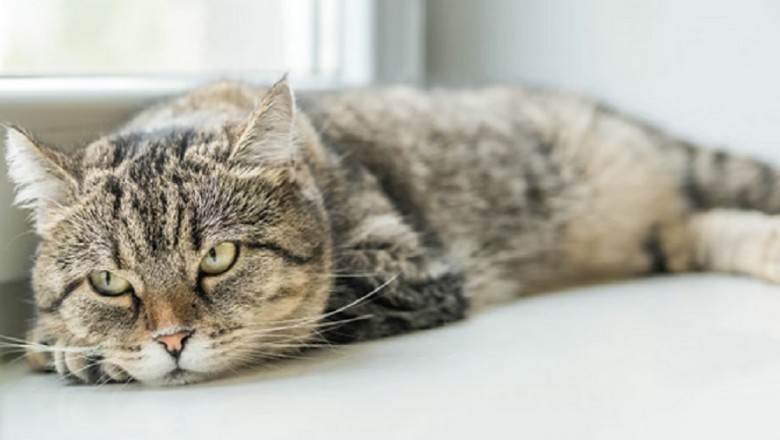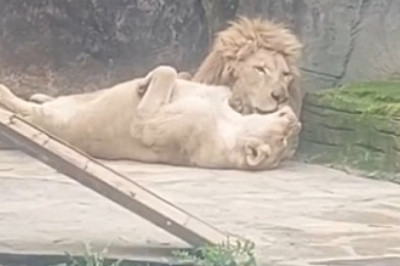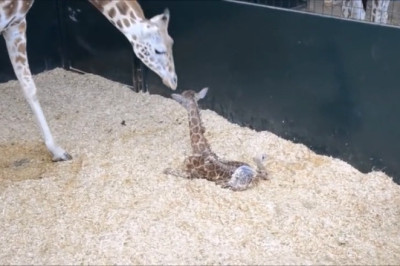Anemia in Cats: Causes, Symptoms, and Treatments
Anemia in cats refers to a decrease in the hemoglobin level in their blood. It is characterized by nonspecific symptoms such as fatigue, rapid breathing, and a decrease in appetite. The causes of anemia can vary and require different examinations. It can be chronic, relatively well-tolerated by the animal up to a certain point, or sudden and life-threatening.
If a usually lively male or female cat suddenly appears tired or breathless, it may be suffering from anemia. To confirm or rule out this hypothesis, it is crucial to consult a veterinarian. An examination of the animal and, if necessary, a blood test can confirm or exclude the presence of anemia.
What is Anemia?
Definition:
Anemia is characterized by abnormally low levels of hemoglobin in the blood. Hemoglobin is a protein found in red blood cells (or erythrocytes) that capture and transport oxygen throughout the body.
Red blood cells are continually produced in the bone marrow. They have a limited lifespan, approximately 75 days in cats. A decrease in hemoglobin levels in the blood can have various causes:
- Decrease in the production of red blood cells
- Destruction of red blood cells
- Modification of hemoglobin
Diagnosis
The diagnosis of feline anemia relies on clinical observations based on symptoms and is confirmed by a blood test that examines the hemoglobin level and hematocrit (the ratio of red blood cell volume to total blood volume). Anemia is diagnosed when hemoglobin levels fall below 10g/100 ml in the blood count (or complete blood count).
The search for a certain type of red blood cells called reticulocytes allows for the classification of anemia as regenerative or non-regenerative. Reticulocytes are "young" red blood cells newly produced by the bone marrow. A higher presence of reticulocytes indicates that the bone marrow is responding to anemia by producing new red blood cells. In some conditions such as leukemia, the bone marrow is unable to respond. In such cases, a bone marrow examination known as myelogram is the preferred test to determine the underlying cause of the disease.
Symptoms of Anemia in Cats
The symptoms of anemia in cats result from the decrease in hemoglobin (and therefore oxygen) in the body. The severity of symptoms varies depending on the severity of anemia. The cat may exhibit:
- Fatigue
- Shortness of breath or dyspnea
- Lack of appetite
- Paleness of mucous membranes (visible in the gums, for example)
Main Causes of Red Blood Cell Issues
Unlike humans, cats rarely experience iron deficiency anemia. However, any chronic infection can lead to mild anemia. Several well-known veterinary conditions are responsible for severe anemia in cats:
- Viruses: Viruses like Feline Leukemia Virus (FeLV), Feline Immunodeficiency Virus (FIV), and the coronavirus causing Feline Infectious Peritonitis (FIP) can induce anemia in cats. Vaccination against FeLV is crucial.
- Bacteria: Certain microorganisms like Mycoplasma haemofelis can invade and destroy red blood cells. Diagnosis of feline hemotropic mycoplasmosis is made through a blood smear examination and PCR testing. Bites and flea bites are suspected as modes of transmission.
- Intoxications: Ingestion of certain rat poisons can cause hemorrhages (external or internal) and severe anemia in cats. Diagnosis is based on blood tests that detect abnormally long coagulation times. Another risk of intoxication is acetaminophen (Tylenol®, Paracetamol®), which can hinder hemoglobin's ability to transport oxygen, leading to respiratory distress, gray mucous membranes, and digestive symptoms.
- Chronic Renal Failure (CRF): Apart from filtering blood and producing urine, the kidneys also produce erythropoietin (EPO), a hormone essential for red blood cell production. In certain kidney diseases in cats, this hormone is no longer produced, causing progressive anemia.
- Immune-Mediated Hemolytic Anemias: This type of anemia is caused by the immune system destroying red blood cells. It can be idiopathic, drug-induced, or associated with other conditions such as cancer or parasites.
Treatment of Anemia in Cats
In severe cases of anemia, a blood transfusion may be considered. However, finding a compatible blood donor cat can pose challenges, and the effectiveness of the transfusion may be limited if the underlying pathology is severe, such as with Felv or terminal CRF.
The treatment for anemia depends on its underlying cause. For example:
- In the case of mycoplasmosis, an antibiotic called doxycycline may be used.
- Poisonings require administration of vitamin K for several weeks.
- Idiopathic immune-mediated hemolytic anemias generally respond to immunosuppressive treatment using corticosteroids or cyclosporine.
Anemia in cats is a complex condition, and immediate veterinary attention is essential to ensure the recovery of the affected feline.





















Comments
0 comment